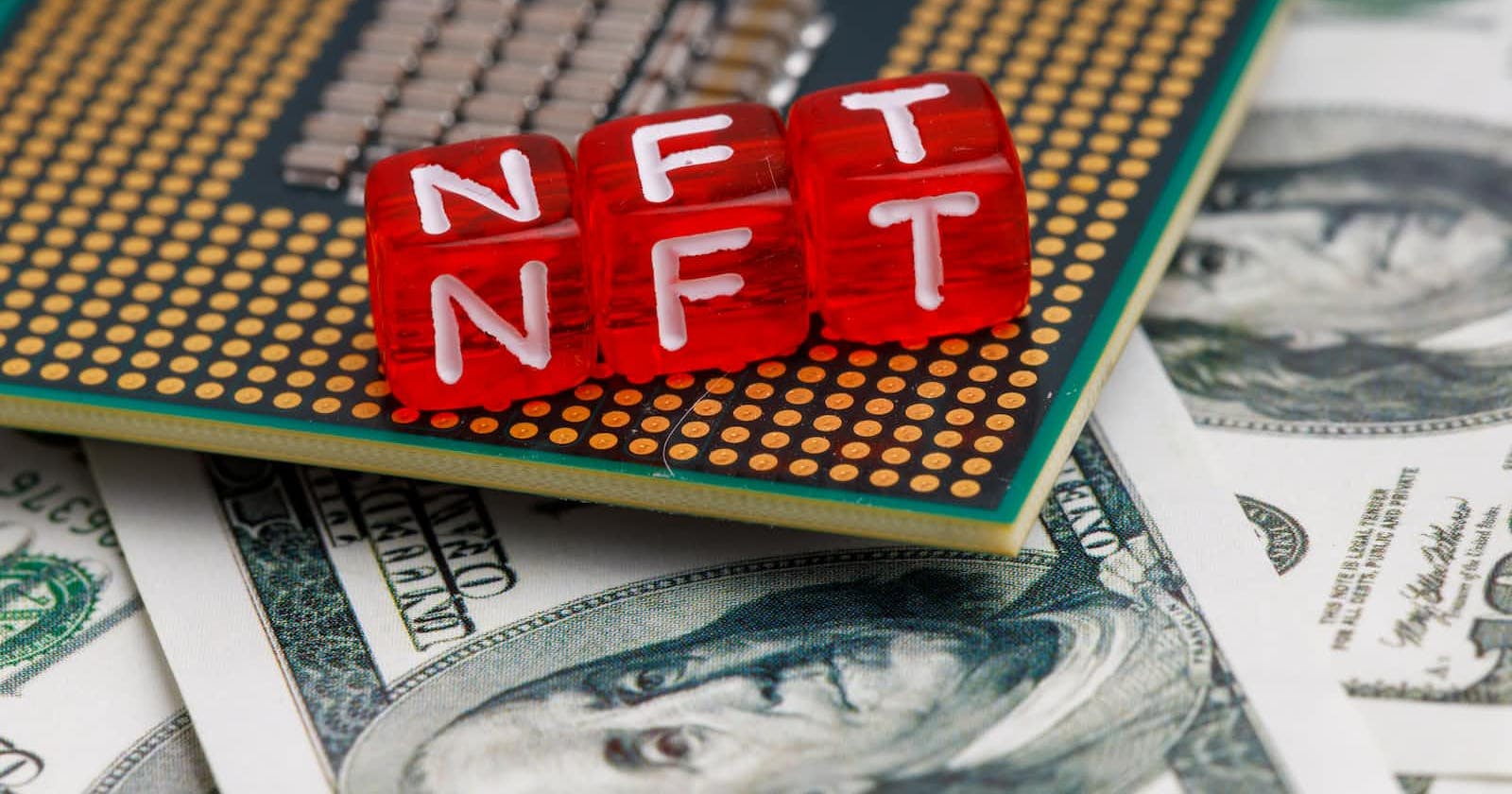An NFT is simply a form of unique digital asset. NFT stands for Non-Fungible Token.
In this tutorial, I will walk you through understanding NFTs in depth as a beginner or advanced learner.
You will get to learn about minting, whitelisting, smartcontracts, and lots more.
NFTs: The Big Picture
NFTs function over the blockchain network like little tokens. NFTs may also contain items from the arts, sports, digital media, antiques, etc.
They are digital tokens designed to use blockchain encryption to provide assets with certain features and enable verifiable proof of ownership and validity.
As an NFT investor, you can choose which NFTs are right for you based on your own meticulously considered and thorough study, knowledge, and, most importantly, your own risk tolerance. Following these straightforward instructions will enable you to earn a sizable passive income using the primary recommendations in this article.
Terms used in NFTs
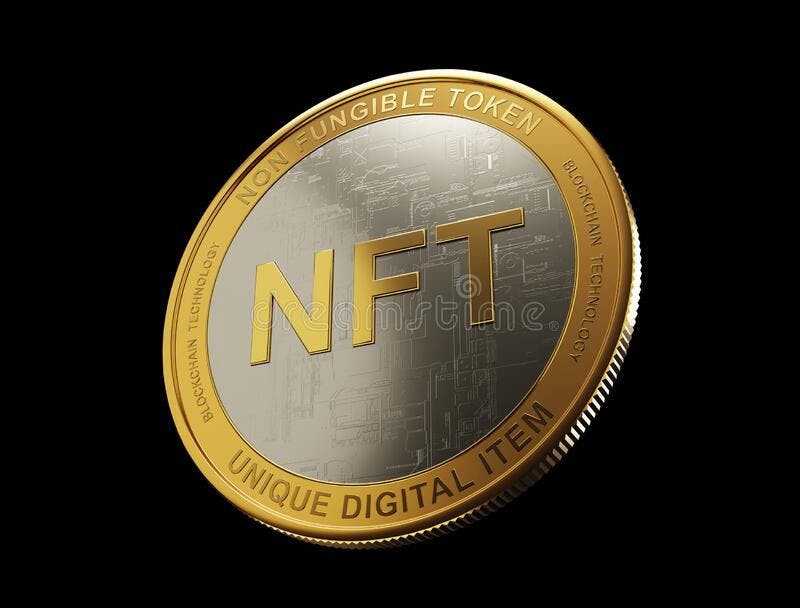 Before we delve deeper into NFTs, there are certain common and important phrases that an investor in NFTs should be familiar with. These terms consist of
Before we delve deeper into NFTs, there are certain common and important phrases that an investor in NFTs should be familiar with. These terms consist of
Smart contracts: Similar to chain codes, smart contracts are transaction protocols or computer programs that are automatically constructed to carry out agreements between the contract maker and the recipient (user), in this case, the holder. On a blockchain network, these smart contracts function.
Blockchain network: Using several ledgers and smart contracts, transactions can be dispersed across a blockchain network, which is a decentralized digital infrastructure.
Cryptography: The study of secure communication methods known as cryptography enables information to be sent safely through the application of extremely difficult mathematical concepts and codes.
Contract addresses: Contract addresses are addresses that have code collections on the blockchain network that are designed to run a specific function when a transaction with a specific input is made.
Collectibles: These can be created and handled using smart contracts and are only another name for non-fungible tokens.
Tokens: Tokens, to put it simply, are any valuable asset. They can be sold, bought, exchanged, or all of the above. Coins and tokens are not the same thing since tokens are digital units issued on a blockchain network.
Marketplace:NFT marketplaces are online venues designed to carry out blockchain transactions (on ethereum, solana, or the Binancee smart chain) and facilitate user-to-user asset buying and selling.
Grinding: is a phrase used in the NFT industry to indicate a task or action completed in order to be approved for an NFT project.
Grinding for a whitelist includes performing tasks or activities in an NFT community in order to get a whitelist on the said NFT project. Grinding includes the following:; -Inviting friends to the NFT community -Making fanart for the community -Being active and engaging with other community members
The idea of Non-Fungible Tokens and how they function might pique someone's interest. To put it simply, the designation of an asset as a Non-Fungible Token means that it has special qualities that prevent replacement or exchange.
Fungibility: merely suggests that a single unit is identical to and basically interchangeable with each other. Use a fiat cryptocurrency such as USDT, BUSD, or another fiat currency that may be exchanged for equal single units of the same asset.
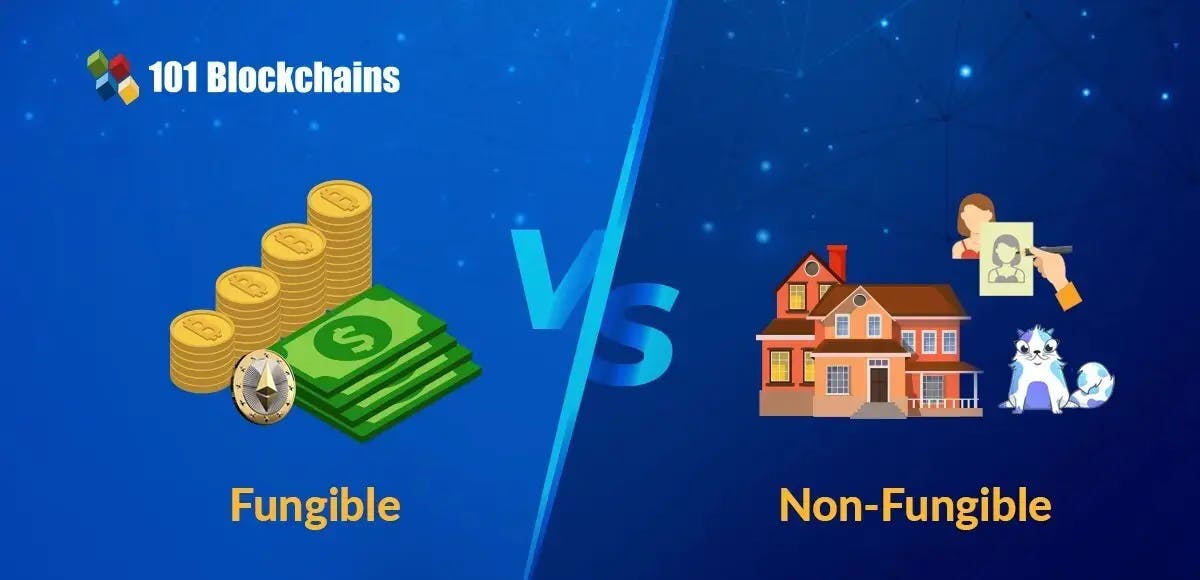 Every genuine $100 note can be exchanged for another one anywhere on the globe. This is essential for an asset that seeks to serve as a global medium of exchange. We might conclude that, because it promotes and facilitates free trade and exchange, fungibility is a fundamental, extremely significant, and desirable quality of any currency. As a result, it is challenging to understand the past of every single currency unit. But it doesn't appear that way with collectible assets like NFTs.
Every genuine $100 note can be exchanged for another one anywhere on the globe. This is essential for an asset that seeks to serve as a global medium of exchange. We might conclude that, because it promotes and facilitates free trade and exchange, fungibility is a fundamental, extremely significant, and desirable quality of any currency. As a result, it is challenging to understand the past of every single currency unit. But it doesn't appear that way with collectible assets like NFTs.
Imagine being able to construct a digital asset comparable to bitcoin but having each unit of the asset have its own unique identity (a way to trace it). Since they are non-fungible, this will obviously set them apart from all other units of the developed assets. An NFT is essentially this in essence.
How are NFTs Different from Cryptocurrency?
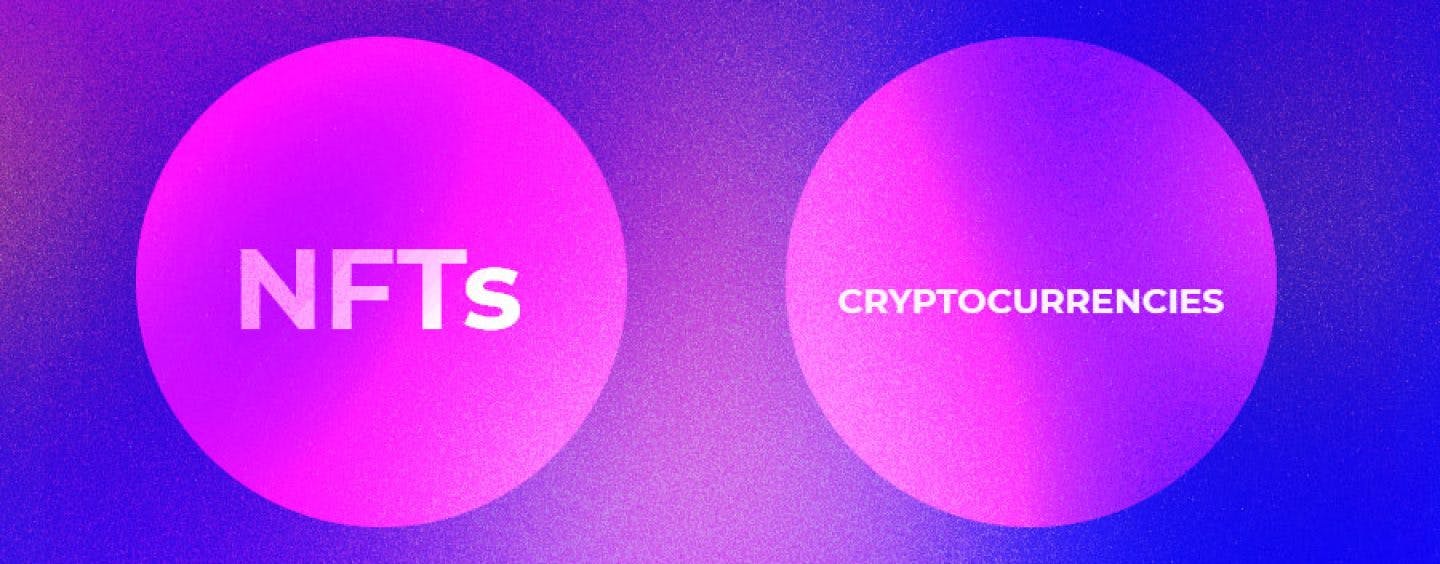 "One bitcoin can be swapped with another bitcoin, and we know its value remains the same. "Whereas NFTs are not interchangeable, each NFT has a different value."
"One bitcoin can be swapped with another bitcoin, and we know its value remains the same. "Whereas NFTs are not interchangeable, each NFT has a different value."
Cryptocurrencies can be traded or exchanged for one another since they are fungible. NFTs are distinctive. Since they are all digitally signed, NFTs cannot be traded for or equalized with one another (non-fungible).
Do note that both cryptocurrencies and NFTs exist on the blockchain network, but their fungibility differs. Examples of cryptocurrencies include:
- Bitcoin
- Ethereum
- Solana
- Luna
Examples of some NFT-based projects include:
- Board Ape Yatch Club
- Tripiinn Ape
- Bubblegoosee Okaybears
- Yoots
Can’t I just right click and save the JPEG?
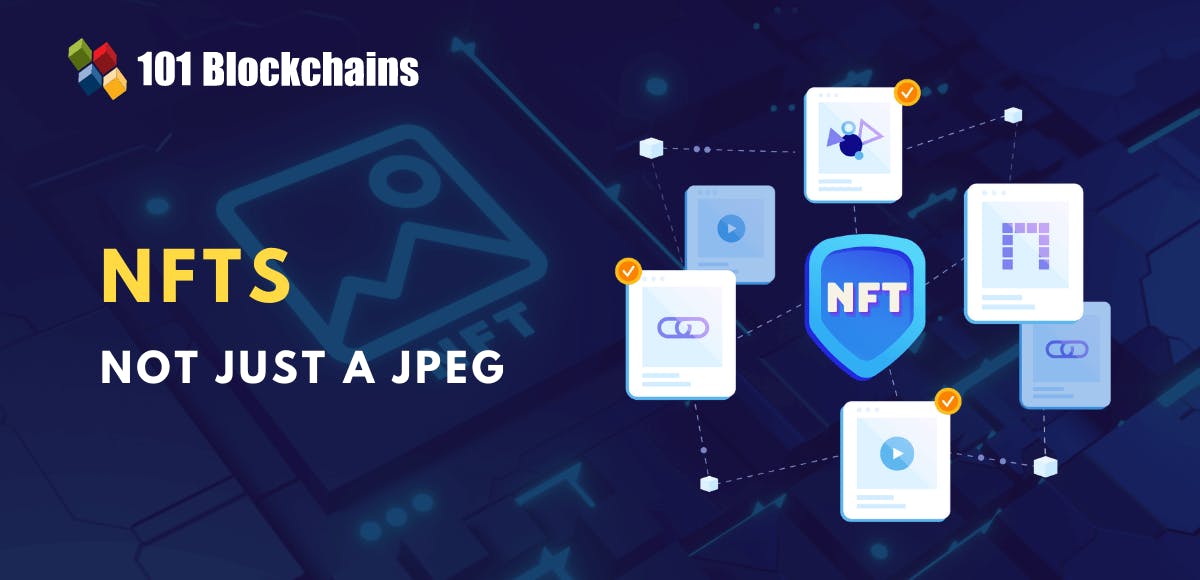 Okay, sure. Although you can screenshot (right-click save) an NFT, doing so prevents you from being able to buy and sell it. You did hear me correctly.
An asset is therefore incorporated on the blockchain network and has a distinct smart contract address due to the idea that it is non-fungible. Therefore, just storing the JPEG does not automatically store the specific blockchain address on your device.
It cannot take the place of the original on the blockchain. Board Ape NFT, for instance, can be cloned and saved on any tool or platform, but only the originals are valuable and can fetch $20k or more. NFTs are comparable in this regard.
Okay, sure. Although you can screenshot (right-click save) an NFT, doing so prevents you from being able to buy and sell it. You did hear me correctly.
An asset is therefore incorporated on the blockchain network and has a distinct smart contract address due to the idea that it is non-fungible. Therefore, just storing the JPEG does not automatically store the specific blockchain address on your device.
It cannot take the place of the original on the blockchain. Board Ape NFT, for instance, can be cloned and saved on any tool or platform, but only the originals are valuable and can fetch $20k or more. NFTs are comparable in this regard.
What is minting and how do I mint an NFT?
 When we discuss minting, we also have to take the NFT market into account. Essentially, we have two markets when we mint an NFT token, which are the primary and secondary markets. In layman's terms, minting is a term that can be equated with purchasing tokens or coins at ICOs (initial coin offerings).
When we discuss minting, we also have to take the NFT market into account. Essentially, we have two markets when we mint an NFT token, which are the primary and secondary markets. In layman's terms, minting is a term that can be equated with purchasing tokens or coins at ICOs (initial coin offerings).
If the supply of an NFT is $10,000, then on the mint date, only those who are whitelisted or allowists will engage in the minting process, which takes place in the primary market. Those who are not whitelisted must wait until after the primary to participate in the secondary market.
As such minting can be grouped into two broad types, which include;
- Free Mints
- Paid Mints
For free mints, as the name implies, are mints at which one doesn’t need to pay any dime or fee to mint said asset.
Paid mints, on the other hand, demand payment in the form of a predetermined fee (often between 0.05 and 0.1 ETH) or a Dutch auction before their value rises on the secondary market. If you don't know what a Dutch auction is, it's one of many comparable kinds of auctions for purchasing or selling goods. It typically refers to an auction in which the auctioneer starts out with a high asking price in the case of selling and gradually reduces it until one or more participants agree to the price.
Getting Whitelisted on quality NFT Mints
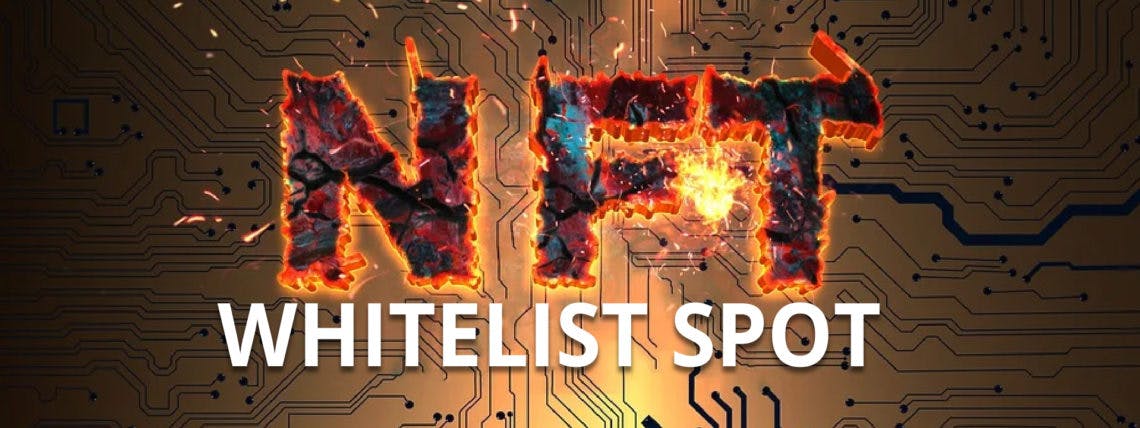 What is an NFT Whitelist? -You can access a mint that is guaranteed but not free if you are on a whitelist. An NFT whitelist is typically only available to those who joined a project early or actively participated in the community. To be eligible, one must meet certain criteria outlined by the project creators.
What is an NFT Whitelist? -You can access a mint that is guaranteed but not free if you are on a whitelist. An NFT whitelist is typically only available to those who joined a project early or actively participated in the community. To be eligible, one must meet certain criteria outlined by the project creators.
One of your biggest prospects for benefits, if you intend to make significant profits, is to invest in purchasing a high-quality mint for a project. However, to do this, you must examine what is currently available and make your way through the sea of noisy, subpar NFT initiatives.
My recommendation when looking for a project is;
- Look for a project with a community that’s doing something unique.
- Research on projects' roadmap extensively
- Read project white-paper to find out the project's prospects and mission.
If you decide to take this route, you should look at stable NFT projects like Cryptopunks, Bored Ape Yacht Club, OkayBears, etc. Anything that consistently ranks at the top of the lists. However, it is really pricey.
There are now far too many dull avatar projects being released. I believe the product should be evaluated first and foremost. Some people base their decisions on metrics like Twitter followers and Discord members, while in reality, projects artificially inflate these figures using bots and followers who only joined because of a monetary giveaway.
Most times requirements for getting a whitelist spot might
- Getting some specific numbers of invites
- Making a Fanart for said project
- Being active in the community space
- Making regular contributions to the project community
Participate in giveaways hosted by the community
Conclusion
You learned the essential principles underlying the creation of non-fungible tokens (NTF), their minting, and the process of being approved for an NFT project at the conclusion of this course. Last but not least, I put together a list of helpful advice that will be very helpful as you start your adventure as an NFT investor:
- Buy NFTs you love;
- Buy the utility;
- Understand Gas Fees;
- Understand the data. These includes;
Track and follow the artist on social media. Check scarcity, Check the floor price and trading volume.

